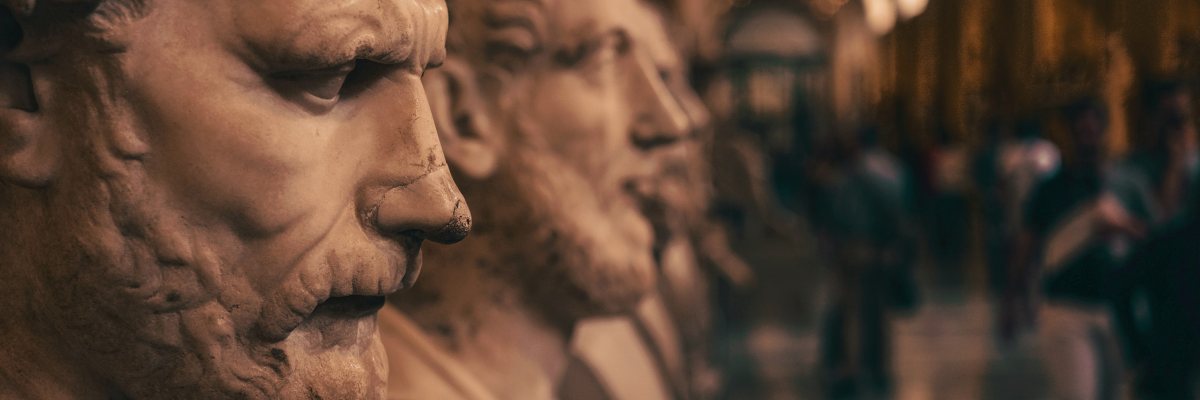
Movie Credits: Paramount Pictures
The "Mouth of Truth" is the name of a particularly famous and mysterious Roman monument located in the portico of Santa Maria in Cosmedin. Strolling in this area it is absolutely worth stopping for a while to try and see if what the legend tells is true! According to tradition, in fact, by inserting the hand into the mouth of this hieratic and marble face, if you lie, the hand will not be returned and the mouth will hold it back!
It is a real "test of truth" which has also exercised its fascination in the world of cinema. You will surely know "Roman Holiday", whose original title is Roman Holiday, a 1953 film directed by William Wyler and starring Gregory Peck and Audrey Hepburn.
Well, one of the most important scenes of the film was shot near this stone mouth, let's face it, a little disturbing. Gregory Peck tells Audrey that according to tradition, putting his hand into the mouth of truth, it will swallow her if she is lying. Legend or not, it is therefore not worthwhile to tell a few lies in front of this monument! It is also said that Hepburn during the shooting was the victim of a joke: Joe, this is the name of the male protagonist, will pretend that her hand remains stuck in the jaws of the monument. It seems that the beautiful actress got really scared, which helped to make this scene particularly spontaneous and realistic.
But what is the Mouth of Truth? It is a marble mask inserted in the walls of the pronaos of the church of Santa Maria in Cosmedin. It represents a bearded face and can be variously interpreted as Jupiter Ammon or more simply as an oracle. It has been in its present location since the seventeenth century, while originally it was a manhole of the classical age. As usual, the manholes were then decorated with the symbolic image of a river god or linked to the symbolism of water. In the 11th century, the medieval mentality led to dressing the Mouth of Truth with an oracular and magical nature.
Among other things, some medieval sources tell the historical events of the past by inserting this monument in the narration. Julian the Apostate, believed to be a supporter of paganism, would also have lived experiences related to the Mouth of Truth. Here, he would have hidden the devil under the clothes of Mercury, god of the pagan pantheon, and behind the mask he would have held the hand of the emperor deceiving him. But why was the emperor near the monument? Giuliano would have made fun of a woman by cheating her and therefore had to swear her good intentions before this oracle. The devil would consequently take advantage of the story, pretending to be Mercury, a god who had relations with commerce, and promising him a good outcome if the emperor had restored paganism.
This is not the only medieval testimony of the fame of the Bocca della Verità. It seems that Virgilio Grammatico was the father of this simulacrum. We are in the sixth century and Grammatico is one of the scholars of the time. Expert in magic, he would have built this Mouth of stone just to test the good faith of those who underwent such a test. Wives and husbands who doubted the fidelity of their spouse would thus have incontrovertible proof of the good intentions of the other.
Renaissance sources also tell of this mouth that aroused the curiosity of European travelers of the time who went to visit the city and there were many stories that flourished around this emblematic monument, which still arouses today, if not fear or fear, certainly so much, so much curiosity! Raise, oops, your hand, who has never succumbed to the temptation to insert their palm inside the stone jaws.





